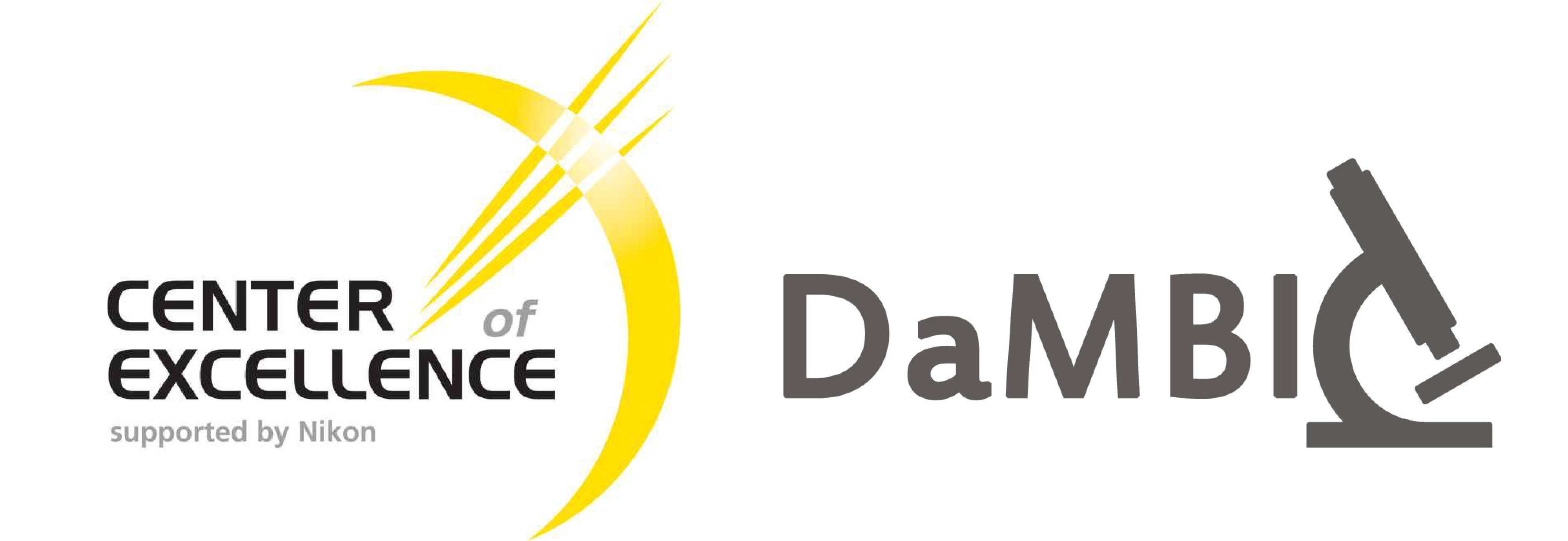Laser safety and lab guide
There are High Power Lasers in the lab, used in:
- Zeiss LSM510/Olympus two photon setup
- Nikon FLIM
- Nikon STED
- Leica SP8-CARS laser
These lasers are "Class IV—High Power Laser, whose beam is, by definition, a safety and fire hazard. Take precautions to prevent exposure to direct and reflected beams. Diffuse as well as specular reflections cause severe skin or eye damage. Danger! Because the Mai Tai laser emits pulsed infrared radiation, it is extremely dangerous to the eye. Infrared radiation passes easily through the cornea, which focuses it on the retina, where it can cause instantaneous permanent damage" (ref.)
Recommended safety precautions(ref.):
- Wear protective eyewear at all times
- Maintain a high ambient light level in the laser operation area. This keeps the eye's pupil constricted, thus reducing the possibility of eye damage.
- Avoid looking at the output beam; even diffuse reflections are hazardous.
- Avoid wearing jewelry or other objects that may reflect or scatter the beam while using the laser.
- Use an infrared detector or energy detector (IR viewer) to verify that the laser beam is off before working in front of the laser.
- Operate the laser at the lowest beam intensity possible, given the requirements of the application.
- Expand the beam whenever possible to reduce beam power density.
- Avoid blocking the output beam or its reflection with any part of your body.
- Establish a controlled access area for laser operation. Limit access to those trained in the principles of laser safety.
- Set up the laser so the beam is either above or below eye level.
- Provide enclosures for beam paths whenever possible.
- Set up shields to prevent specular reflections.
- Set up an energy absorbing target to capture the laser beam, preventing unnecessary reflections or scattering.
Please find the Lab guide here: Lab Guide - DAMBIC.pdf
